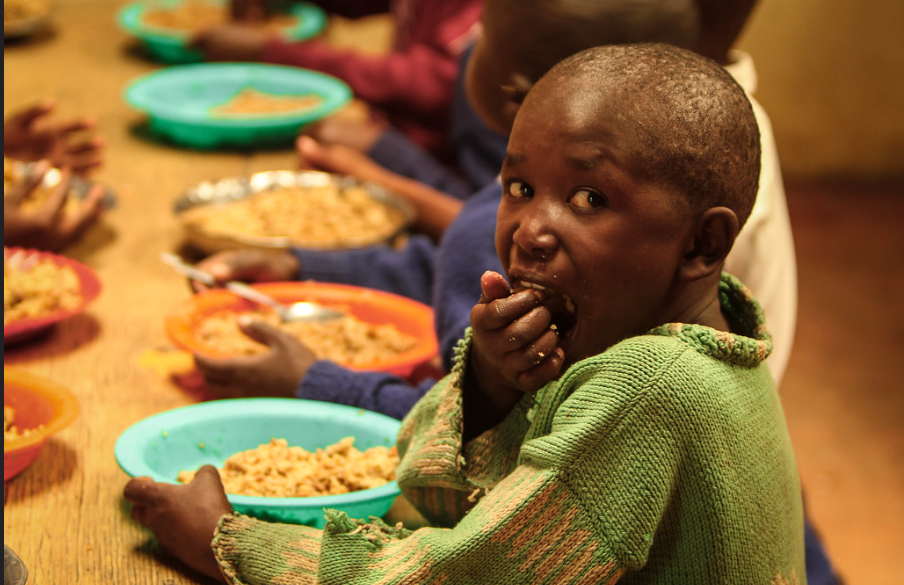For the first time, the International Atomic Energy Agency (IAEA) is collaborating with United Nations nutrition experts to reassess human energy requirements—a critical metric for evaluating global hunger that was last updated in 2001. This initiative, in partnership with the Food and Agriculture Organization (FAO), the World Health Organization (WHO), and other key stakeholders, aims to address existing knowledge gaps and improve the accuracy of calorie and nutrition calculations.
“Energy requirements are essential for calculations used in reporting on SDG2 (Zero Hunger), particularly in assessing undernourishment. It’s crucial to periodically review these calculations and consider whether updates are necessary,” said Lynnette Neufeld, Director of FAO’s Food and Nutrition Division.
The need for this reevaluation comes amid alarming hunger statistics, with over 700 million people experiencing hunger last year. According to the United Nations’ 2024 report on The State of Food Security and Nutrition in the World (SOFI), if current trends continue, approximately 528 million people will remain chronically undernourished by 2030. Accurate data is essential for effective policy-making and interventions aimed at combating malnutrition, especially undernutrition, which includes conditions such as wasting, stunting, and vitamin deficiencies.
In June 2024, experts from IAEA, FAO, WHO, and other global authorities convened at the IAEA headquarters in Vienna to review current scientific understandings of human energy requirements. These requirements, which reflect the energy needed to maintain bodily functions, growth, and development, vary depending on factors such as age, gender, activity level, and physiological status (e.g., pregnancy). Estimating accurate energy needs involves complex calculations, particularly for specific sub-populations globally.
The last major reassessment, conducted in 2001, relied on calculations developed in 1985, known as Schofield’s equations. However, recent scientific evidence has questioned the adequacy and accuracy of these equations, especially given the rise in global obesity, variations in metabolically active tissues across populations, and declining energy needs for essential bodily functions.
Experts at the Vienna meeting identified key data gaps, particularly for underrepresented populations in low- and middle-income countries (LMICs), people over 90, and pregnant and lactating women. They developed a roadmap to update energy requirement estimates and suggested areas for future research.
The IAEA's contribution to this effort includes data from its Doubly Labelled Water (DLW) Database, which contains nearly 12,000 measurements of daily energy expenditure across a wide range of ages and countries. This data has been instrumental in redefining understandings of human energy metabolism. The IAEA is also addressing knowledge gaps through research projects focused on specific population groups, such as pre-adolescents and adolescents in LMICs.
Looking ahead, the IAEA, FAO, WHO, and other global experts will continue consultations to update energy requirements. This includes engaging dietitians, clinicians, and other public health professionals. As an immediate next step, participants will collaborate on a series of papers to advocate for a paradigm shift in how human energy requirements are understood and calculated, with the goal of informing more effective actions against global hunger and malnutrition.











